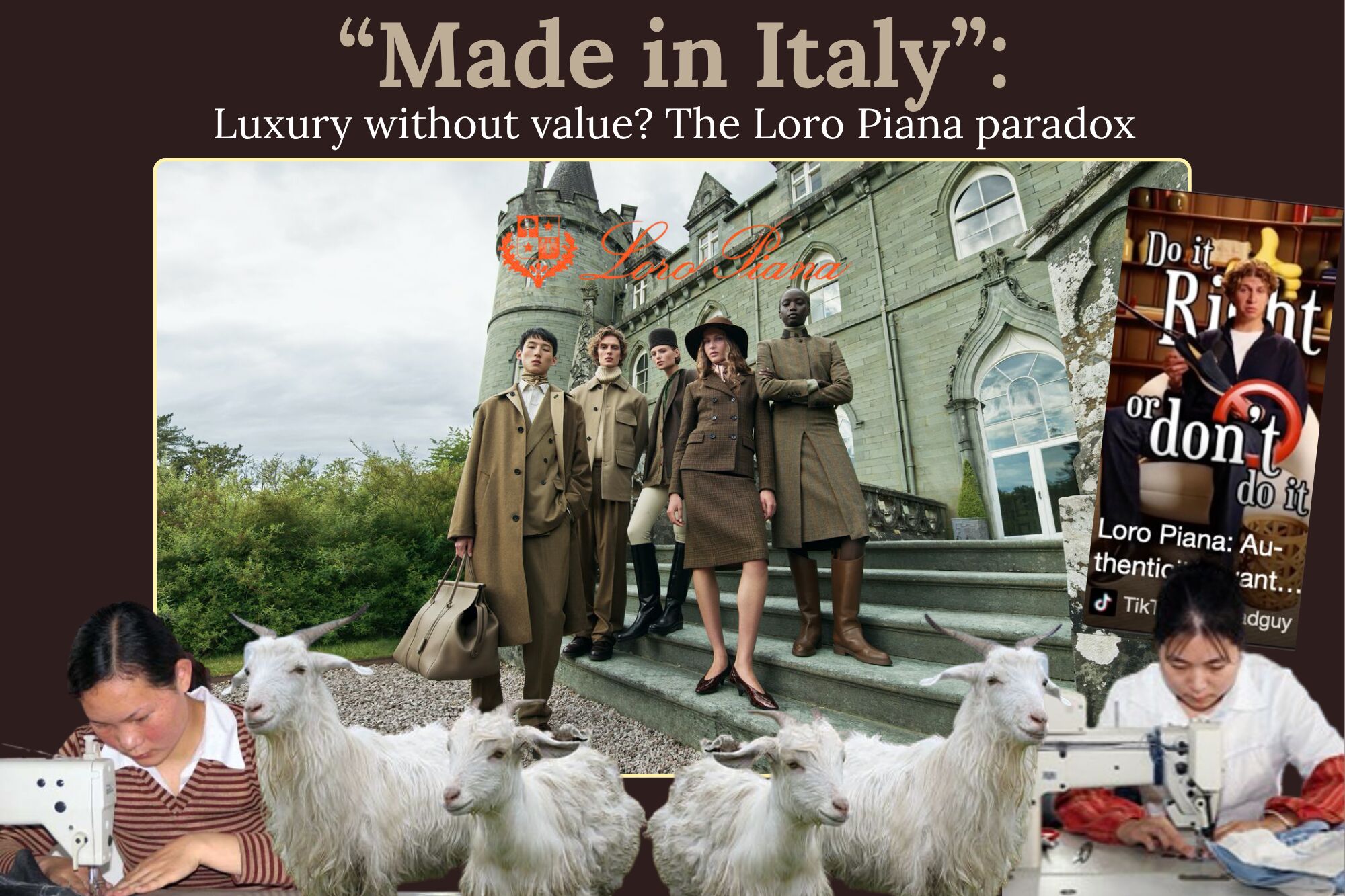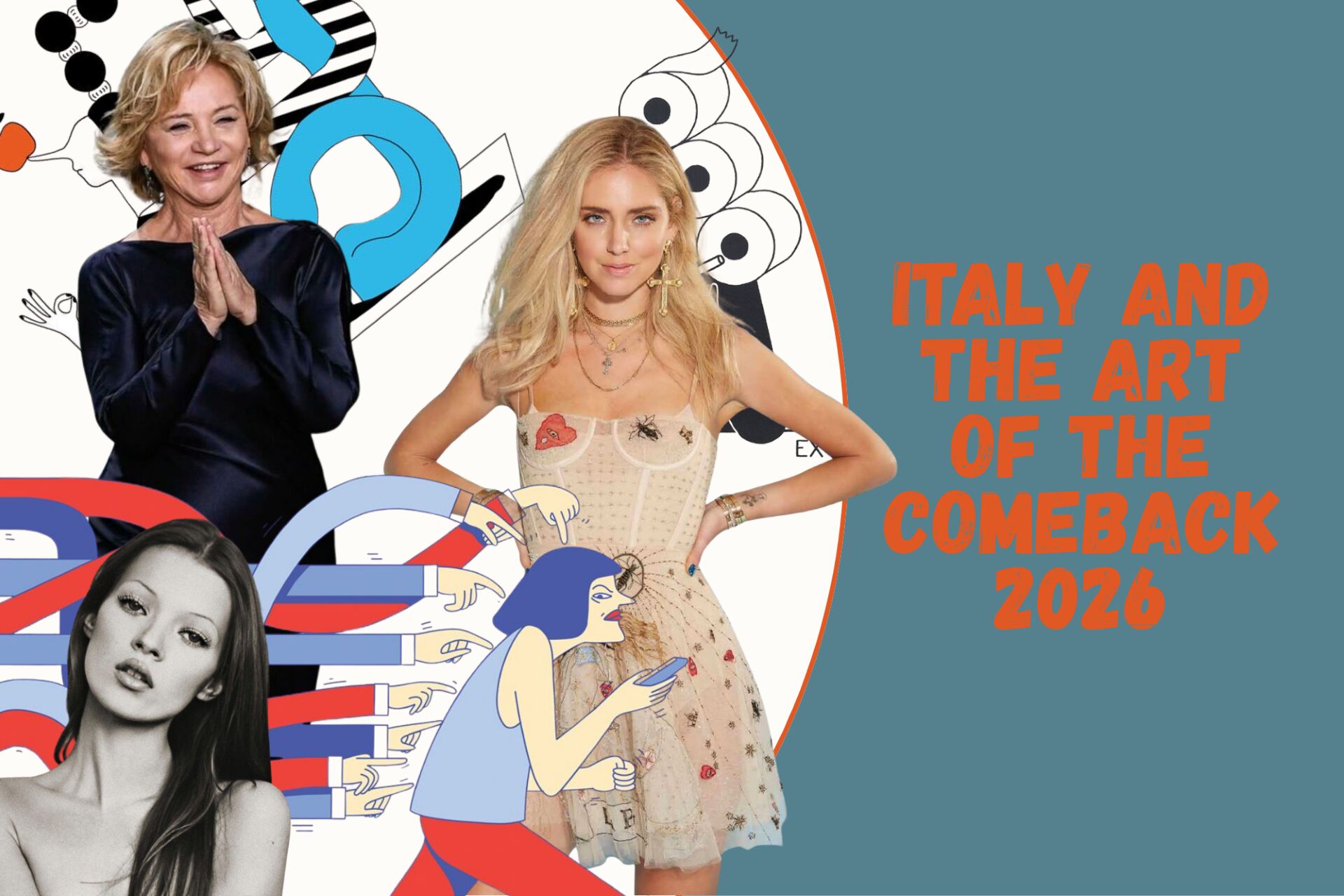Loro Piana is synonymous with elegance, premium materials, and sky-high prices. But behind its €8,000 coats lies a reality that’s far less glossy. In recent weeks, investigations have revealed that some garments are being produced in semi-regular, Chinese-run workshops in Italy—where workers are paid just €100 per piece.
But let’s not pretend this is new. The alchemy of modern luxury lies not in craftsmanship, but in branding so potent it can turn €100 into €10,000 with a swing tag and a softly lit campaign featuring a doe-eyed Scandinavian in the Dolomites. You’re not buying a coat, you’re buying the idea of legacy, elegance, and possibly a seat at a Tuscan dinner party you’ll never be invited to.
Should a cashmere coat cost that much? Once, maybe. When Signora Lucia in Biella combed the fibres by hand and cried softly over every seam. But those days are gone, darling. Now it’s spreadsheets, subcontractors, and the art of storytelling—mostly fictional.
Although the “Made in Italy” label remains formally intact, its true significance is becoming increasingly hollow. Where once the value and the price of a garment were defined by craftsmanship and artisanal passion, today, the alchemy of luxury lies in branding.
And here’s the real point: We’re no longer paying for quality, we’re paying for the myth. Not the garment, but the label. Luxury today is storytelling, an illusion wrapped in a perfect photo, where the intrinsic value of the product is often reduced to the bare minimum.
This disconnect is brilliantly, and satirically, exposed by Gstaad Guy, a content creator on Instagram and TikTok who skewers the global elite through short, witty videos. His most iconic characters, Constance, the old-money English aristocrat, and Colton, his crypto-rich New York cousin, are sharp caricatures of the luxury world: pristine coats, Acqua di Parma, yachts, and summers split between Mykonos and Ibiza.
And yet, despite parodying the clichés of luxury brands, they love him for it. They invite him to events, sign him on as a collaborator. Why? Because he speaks their language. With sharp wit, he decodes the codes of modern luxury, no longer based on craftsmanship, but on belonging.
Still, the Loro Piana case confronts us with an uncomfortable truth: The gap between perception and reality has become too wide to ignore. If quality disappears and only the narrative remains, how long can the magic really last?
In the end, both Loro Piana and Gstaad Guy tell us the same story: Today, true luxury isn’t the product. It’s the brand.
Luxury needs to reconnect with authenticity—before the market sees through the illusion.
How much are we paying for the fabric… and how much for the label?







